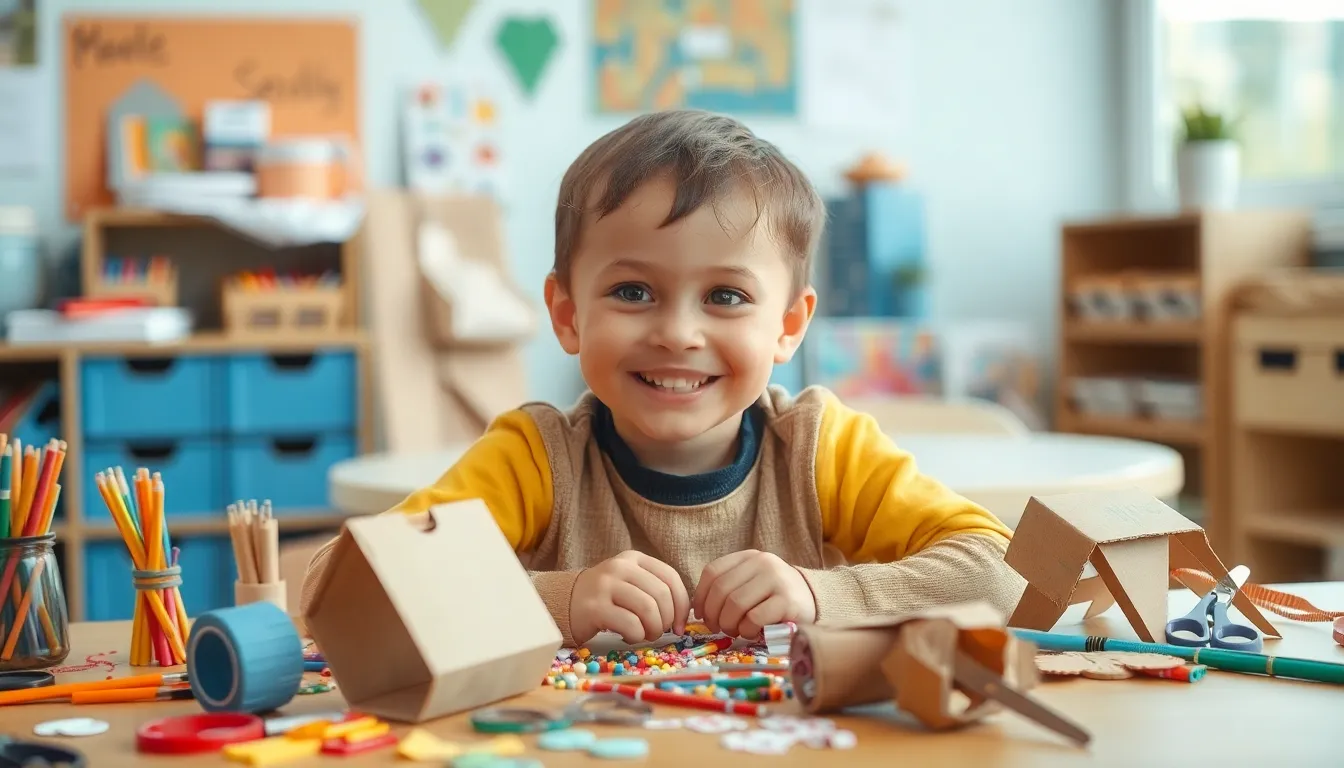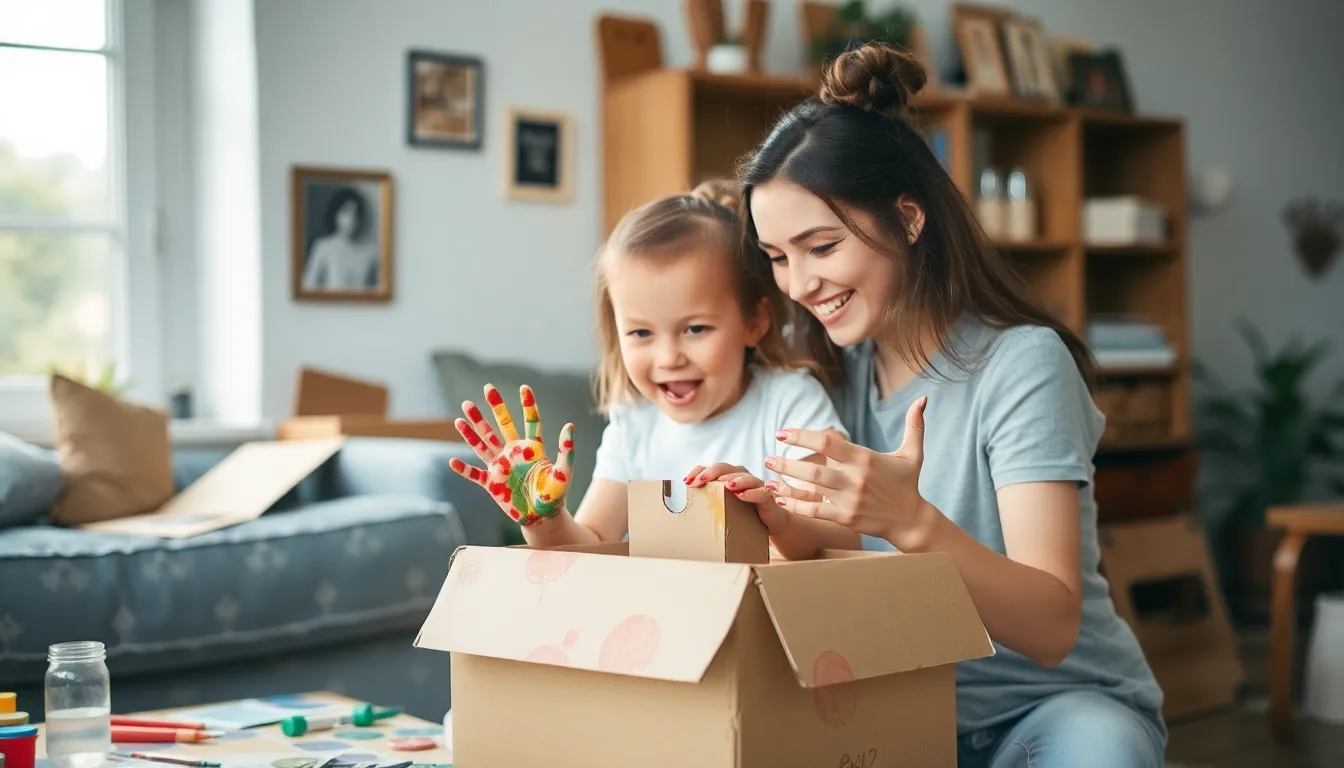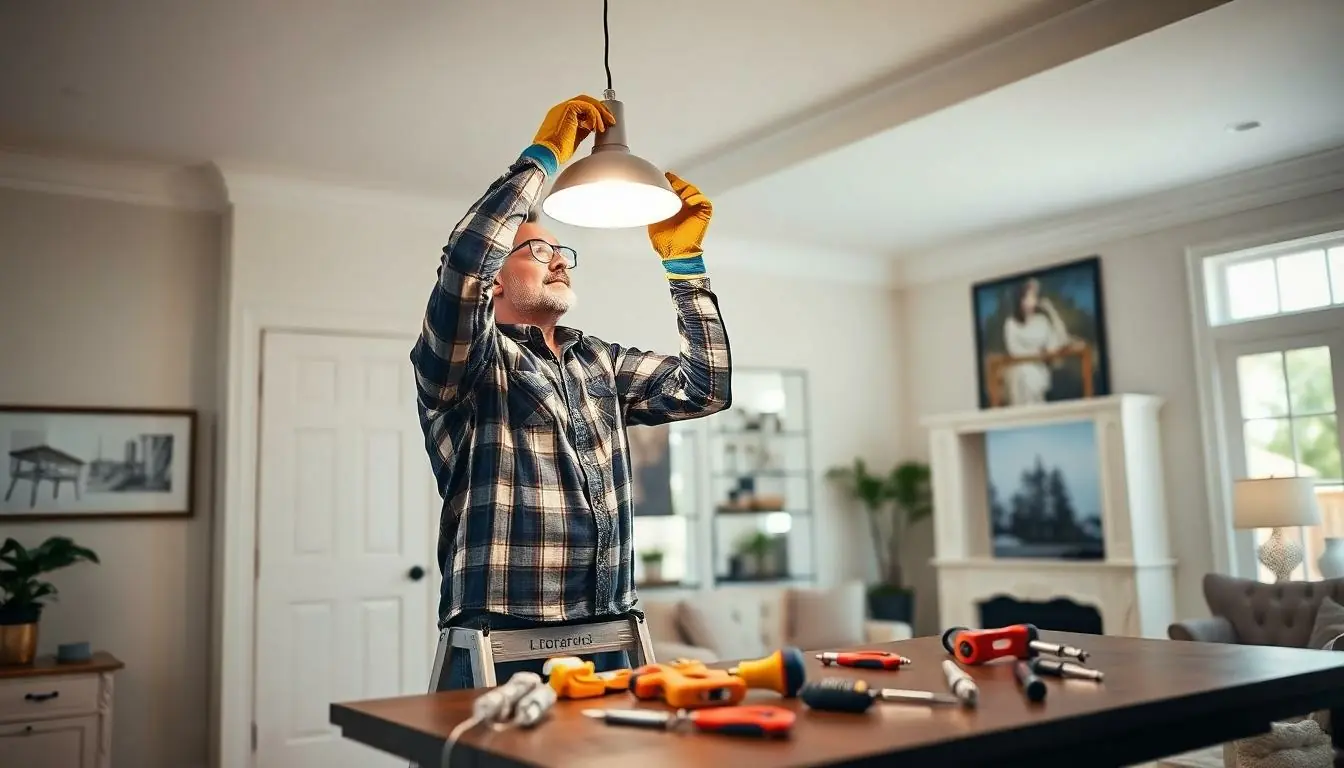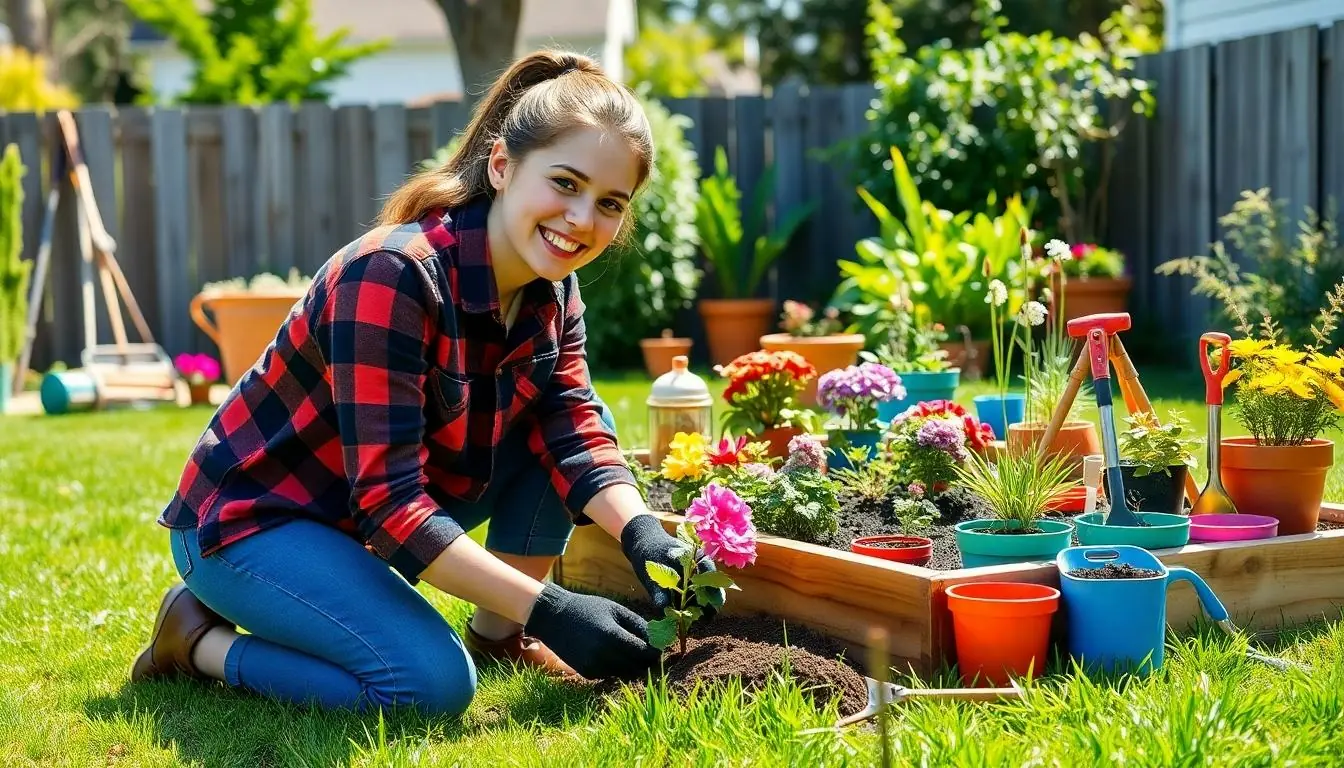Table of Contents
ToggleIn a world where toys often come with a hefty price tag and a side of plastic waste, DIY toys are the breath of fresh air parents didn’t know they needed. Imagine transforming everyday household items into imaginative playthings that spark creativity and laughter. It’s not just a crafty endeavor; it’s a chance to bond with kids while unleashing their inner Picassos and Einsteins.
Overview of DIY Toys
DIY toys offer a creative outlet for both parents and children. Parents can repurpose everyday household items, transforming them into imaginative toys. For instance, cardboard boxes can become castles or spaceships, stimulating endless play scenarios. This process not only enhances children’s creativity but also fosters problem-solving skills.
Many DIY toy projects require minimal materials. Items like paper, plastic bottles, and old clothes can become puppets, crafts, or games. Such projects are often low-cost alternatives to expensive plastic toys without sacrificing fun.
Children benefit from hands-on activities. Engaging in DIY projects helps develop motor skills, as they cut, glue, and assemble materials. Collaboration also plays a key role; kids learn teamwork by working with parents or siblings to create toys.
Sustainable practices become easier through DIY toy creation. Choosing recycled materials aligns with eco-friendly principles, promoting awareness of environmental impact. Parents contribute to a green initiative while teaching children the importance of reusing materials.
Variety exists in DIY toys, catering to various interests and age groups. From sensory bins for toddlers to more complex models for older kids, options abound. Online resources provide countless tutorials and ideas, guiding families in their crafty endeavors.
Overall, DIY toys present an excellent opportunity for creative expression and bonding. By engaging in these activities, families enhance playtime, improve skills, and create lasting memories.
Benefits of DIY Toys

DIY toys offer numerous advantages for children and their families, promoting creativity, education, and sustainability.
Educational Value
Hands-on activities with DIY toys enhance cognitive development. Children learn essential skills like problem-solving and critical thinking through design and construction. Many projects integrate basic concepts of physics and engineering as kids figure out how to make things work. Collaborating with parents during these activities encourages communication and teamwork. Moreover, crafting toys from everyday supplies teaches resourcefulness and adaptability, vital skills for lifelong learning. Engaging in such creative tasks boosts focus and concentration, essential traits for academic success. Parents find themselves acting as facilitators, guiding their children through exploration and experimentation, which solidifies learning experiences.
Creative Expression
Creativity flourishes through the process of making DIY toys. Children explore their artistic abilities while transforming simple materials into unique creations. Inspiration strikes from everyday items, sparking imagination and individuality. Each project reflects personal style, allowing kids to showcase their artistic vision. Moreover, the freedom to choose designs fosters independence and boosts self-confidence. Crafting engages multiple senses, encouraging exploration in exciting ways. Parents participate in this journey, strengthening their emotional bonds with their children. DIY toys also lead to inventive play scenarios, where imagination knows no bounds, making for endless enjoyment and laughter. Encouraging creative expression helps develop well-rounded individuals ready to face the world.
Popular Types of DIY Toys
DIY toys encompass a range of creative options that engage children and enhance their development. Various types cater to different interests and skill levels.
Craft Kits
Craft kits offer a structured way for children to explore their creativity. These kits often include materials and instructions for projects like friendship bracelets or painted rocks. Engaging with craft kits encourages fine motor skills and enhances color recognition. Kids can easily personalize their creations, fostering a sense of ownership and pride. Many kits are available in stores or online, providing a convenient choice for parents seeking guided activities.
Recycled Materials
Recycled materials serve as an excellent foundation for imaginative DIY toys. Items like cardboard boxes, plastic bottles, and old clothes provide limitless possibilities for crafting. Children can transform a cardboard box into a playhouse or a spaceship through simple cutting and gluing. Utilizing recycled materials promotes sustainability and teaches them about resourcefulness. Parents can collaborate with kids, making the project a fun family activity while reinforcing the importance of reusing items. Emphasizing creativity with recycled items allows children to realize how everyday objects can turn into toys.
Tips for Creating Your Own DIY Toys
Creating DIY toys requires creativity and practicality. Engaging in this fun activity allows a child and parent to bond further while reusing materials.
Safety Considerations
Safety plays a crucial role in crafting. Use non-toxic materials to prevent any potential harm. Always supervise young children to ensure they don’t use small parts that pose choking hazards. Avoid sharp tools and encourage the use of child-friendly scissors. Keep workspaces organized to prevent accidents. Checking finished toys for any rough edges or loose pieces will enhance safety during playtime. Ensure that paints and adhesives are labeled as non-toxic and suitable for children to reduce risks.
Tools and Materials Needed
Gathering the right tools and materials simplifies the crafting process. Common household items like cardboard boxes, paper tubes, and fabric scraps serve as excellent bases. Include scissors, tape, and glue in the toolkit for easy assembly. Paints, markers, and crayons add color and personalization to toys. Recycled containers, such as plastic bottle caps and egg cartons, offer unique shapes for creative projects. Consider adding embellishments like stickers or googly eyes for an extra touch. A clean workspace ensures comfortable crafting while minimizing distractions.
DIY toys offer a unique blend of creativity and practicality that enriches playtime. By transforming everyday items into imaginative creations, parents and children can enjoy a rewarding experience that fosters creativity and problem-solving skills. These projects not only provide an outlet for artistic expression but also strengthen family bonds through collaboration.
The sustainability aspect of DIY toys teaches children valuable lessons about resourcefulness and environmental responsibility. With minimal materials and a bit of imagination, families can create lasting memories while enjoying the process. Embracing DIY toys is a fun and educational way to enhance childhood development while making playtime more meaningful.







